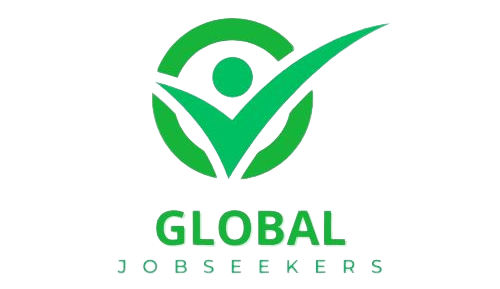Employment gaps can be a concern for job seekers, but how you address them on your resume can make a significant difference in your job search. Whether due to personal reasons, health issues, further education, or a career change, effectively managing these gaps can help you present yourself as a strong and capable candidate. Here’s a guide on how to address and navigate periods of unemployment on your resume.
Understanding Employment Gaps
1. Why They Happen
- Personal Reasons: Family care, health issues, or personal circumstances.
- Career Development: Further education, skills training, or career transitions.
- Economic Conditions: Company downsizing, layoffs, or industry downturns.
- Job Search: Time spent searching for the right job fit or exploring new career paths.
2. Impact on Your Job Search
- Perceptions: Employers might question your commitment, skills, or reliability.
- Opportunity: Gaps can also provide a chance to showcase how you’ve grown or developed during the period.
How to Address Employment Gaps on Your Resume
1. Be Honest, but Strategic
What to Do: Acknowledge employment gaps honestly without going into excessive detail.
How to Do It: If gaps are noticeable, briefly explain the reason in your resume or cover letter, focusing on how you stayed productive or relevant during the period.
Example: “Took a career break to focus on personal development and completed a certification in Project Management.”
2. Use a Functional or Hybrid Resume Format
What to Do: Consider using a functional or hybrid resume format that emphasizes your skills and accomplishments rather than a strict chronological work history.
How to Do It:
- Functional Resume: Focuses on skills and achievements rather than work history.
- Hybrid Resume: Combines a chronological work history with a skills-based section at the top.
Example: “Skills Summary: Project Management, Team Leadership, Data Analysis. Professional Experience: [Briefly list roles without focusing on dates].”
3. Highlight Relevant Experience and Skills
What to Do: Emphasize any skills or experiences gained during the gap that are relevant to the job you’re applying for.
How to Do It:
- Include Freelance or Volunteer Work: List any freelance projects, volunteer work, or consulting roles.
- Showcase Education or Training: Mention any courses, certifications, or self-study that contributed to your professional growth.
Example: “Freelance Graphic Designer (Jan 2022 – Dec 2022): Developed branding materials for various clients, enhancing skills in Adobe Creative Suite and client communication.”
4. Use a Clear and Professional Explanation
What to Do: Provide a clear, concise explanation for the gap in your cover letter or resume.
How to Do It: Address the gap directly but professionally. Focus on what you learned or how you’ve grown during this time.
Example: “During my career break, I pursued further education in digital marketing, which has equipped me with advanced skills in SEO, content creation, and analytics.”
5. Address Gaps in Your Cover Letter
What to Do: Use your cover letter to provide context for employment gaps and highlight how your experiences during the gap have prepared you for the role.
How to Do It: Briefly explain the gap and emphasize your readiness and enthusiasm for returning to the workforce.
Example: “After taking a year off to care for a family member, I completed several online courses in data analysis. I am now eager to apply my newly acquired skills to contribute to [Company’s Name].”
6. Prepare for Interview Questions
What to Do: Be ready to discuss employment gaps during interviews.
How to Do It: Practice a concise and positive explanation of the gap. Focus on how you’ve stayed productive and prepared for the next role.
Example: “I took time off to further my education and develop new skills in [specific area]. This experience has made me more proficient in [relevant skills], and I’m excited to bring this expertise to your team.”
Additional Tips
1. Focus on Achievements
- Highlight any achievements or contributions from your previous roles that demonstrate your value and skills.
2. Show Continuous Learning
- Emphasize any professional development activities you engaged in during the gap.
3. Be Positive and Forward-Looking
- Maintain a positive tone and focus on how you’re prepared for the future.
4. Customize Your Approach
- Tailor your resume and cover letter for each job application, addressing gaps in a way that aligns with the specific role and company.
Conclusion
Addressing employment gaps on your resume requires honesty and strategic presentation. By focusing on your skills, achievements, and professional development during the gap, you can demonstrate your value and readiness for the next opportunity. Use functional or hybrid resume formats, provide clear explanations, and prepare for interview discussions to effectively manage employment gaps and enhance your job search prospects.

